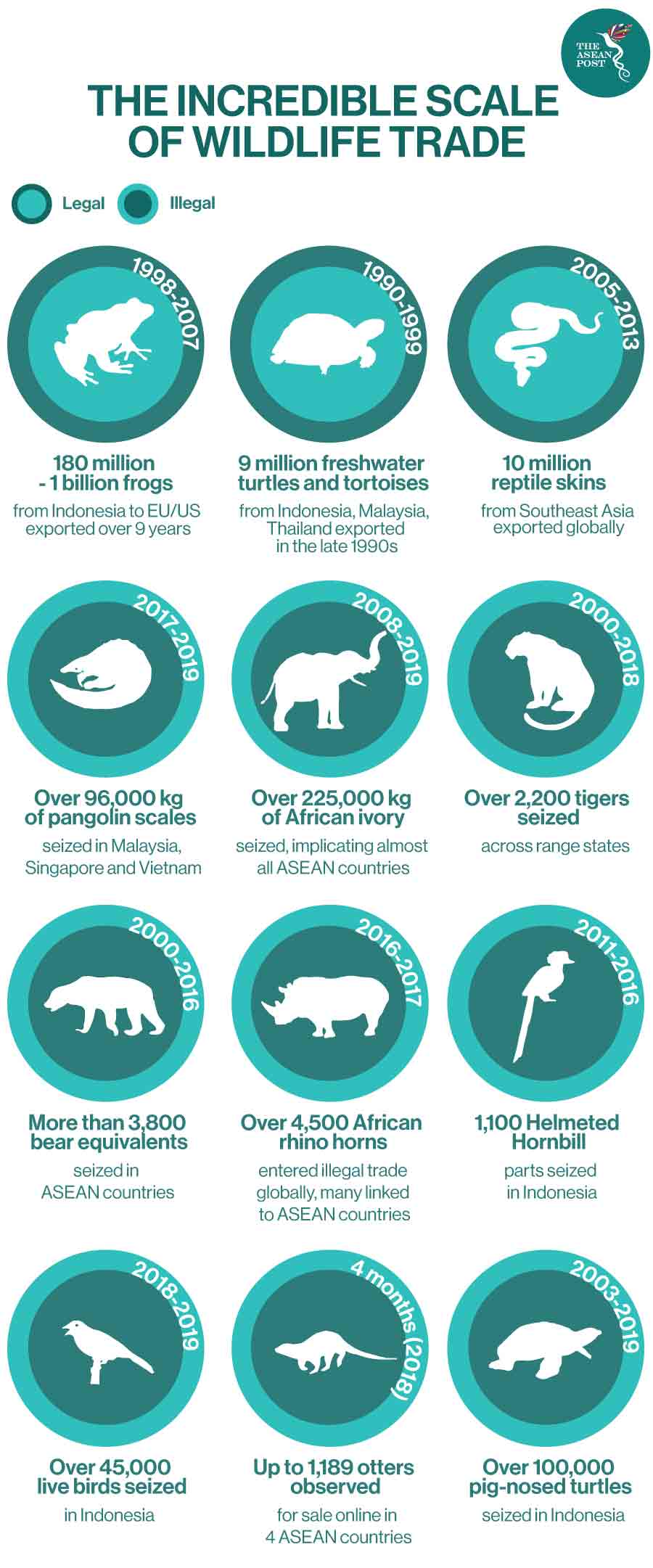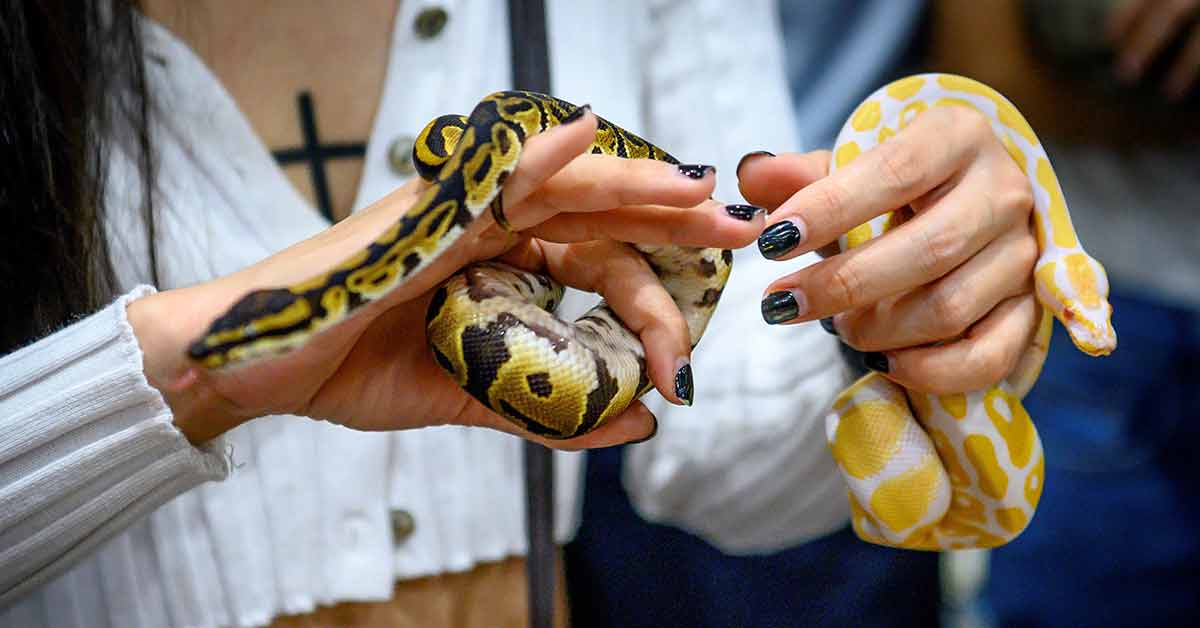Drugs, human trafficking and counterfeiting are some of the world’s top illegal trades.
However, wildlife and animal parts are also trafficked much like illegal drugs and arms. According to the World Wide Fund for Nature (WWF), the illegal wildlife trade is the world’s fourth largest illegal trade and is valued at US$26 billion annually.
Roughly one out of every five animals that walks the land or plies the skies is traded internationally. And Southeast Asia is said to be a wildlife trade hotspot, functioning as supplier, consumer and a general import-export emporium.
“World-renowned not only for its diversity of animal and plant species, but also for cultural, linguistic, political and religious diversity, Southeast Asia encompasses a range of lifestyles that all rely in some way upon wildlife resources for food, medicines, clothing and other products,” said wildlife trade monitoring network, TRAFFIC.
Traditional Asian medicines use parts and derivatives from more than 1,000 plant and animal species such as tiger bone, bear gall bladder and pangolin scales. Whereas horns, antlers and heads are typically hunted and traded for their value as trophies. Skin, furs, wool and hair from many species are also traded in the international market to make products such as footwear, shawls and rugs.
Unregulated, or under-regulated wildlife trade can lead to unsustainable exploitation of wild populations. A 2020 study titled, ‘Thousands of Reptile Species Threatened by Under-Regulated Global Trade’ published in the Nature Communications journal suggests that international efforts to regulate wildlife mostly miss ‘lower-value’ species, such as those imported as pets. This results in limited knowledge of trade in groups like reptiles.
The researchers searched some 25,000 web pages based on keywords in five languages and found that a minimum of 36 percent or 3,943 species of reptiles are being traded; many are coming from wild populations and newly discovered species can also be swiftly exploited. Moreover, a minimum of 79 percent of traded species are not subject to Convention on International Trade in Endangered Species (CITES) trade regulations.

Booming Online
The exotic pet trade is becoming increasingly popular in some parts of the world including Asia, with many consumers seeking rare, protected or wild-sourced species to satisfy their cravings.
Another lucrative trend globally is online trading. According to the aforementioned study, more than a third of reptile species are bought and sold online in-often unregulated international trade.
“Approximately 90 percent of traded reptile species and half of traded individuals are captured from the wild. Exploitation can occur immediately after scientific description, leaving new endemic species especially vulnerable,” stated the report.
Endangered reptiles are also now being traded on social media platforms such as Facebook. TRAFFIC says that social media has taken over as the new epicentre for wildlife trade in exotic pets.
A 2018 TRAFFIC study on the use of Facebook in live reptile trade in the Philippines recorded that 2,245 unique live reptile advertisements representing 115 taxa and a minimum of 5,082 individual animals were posted in 90 Facebook groups in just three months.
“In only selected groups and in under a hundred days, we found thousands of individual reptiles in trade. This magnitude of commerce in live wild animals online is just mind boggling,” said Serene Chng, Programme Officer for TRAFFIC in Southeast Asia.
Zoonotic Diseases
The current COVID-19 pandemic has made more people aware about the problem of wildlife trading. Many believe that the disease originally came from an animal – perhaps from bats or pangolins.
Researchers and scientists have warned that diseases such as the coronavirus could become more common as a result of human activity such as illegal poaching and trading, and deforestation, among others.
Non-profit organisation, World Animal Protection said that 75 percent of new or emerging infectious diseases over the past three decades are zoonotic and come mainly from wildlife.
Reptiles are carriers of zoonotic diseases. According to the World Health Organisation (WHO), a zoonosis is an infectious disease that has jumped from an animal to humans.
Salmonellosis is one type of zoonotic disease that reptiles can transmit to humans. While it is harmless to reptiles, Salmonella infections can cause illness in humans and has led to hospitalisation and even death, according to World Animal Protection.
Other zoonotic diseases that have been associated with the keeping of reptiles include Campylobacteriosis, a bowel infection and Leptospirosis, a liver disease.
Conservationists have called for a global ban on wildlife trading in the wake of the COVID-19 pandemic. The path to prevention of future pandemics lies in a holistic approach to conserving nature across the globe.
The WWF suggests a few areas where action is needed to prevent future pandemics, that include eliminating high-risk wildlife trade, markets, high risk human to wildlife contact as well as consumption.
Related Articles:
